 W
WMateo Alemán y del Nero was a Spanish novelist and writer.
 W
WThe Bentvueghels were a society of mostly Dutch and Flemish artists active in Rome from about 1620 to 1720. They are also known as the Schildersbent.
 W
WDon Pedro Calderón de la Barca y Barreda González de Henao Ruiz de Blasco y Riaño, usually referred as Pedro Calderón de la Barca, was a dramatist, poet, writer and a knight of the Order of Santiago, known primarily for being one of the most distinguished Baroque writers of the Spanish Golden Age, especially for its theater. During certain periods of his life he served as soldier and a Roman Catholic priest. Born when the Spanish Golden Age theatre was being defined by Lope de Vega, he developed it further, his work being regarded as the culmination of the Spanish Baroque theatre. As such, he is regarded as one of Spain's foremost dramatists and one of the finest playwrights of world literature.
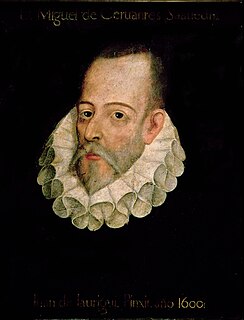 W
WMiguel de Cervantes Saavedra was a Spanish writer widely regarded as the greatest writer in the Spanish language, and one of the world's pre-eminent novelists. He is best known for his novel Don Quixote, a work often cited as both the first modern novel, and one of the pinnacles of literature.
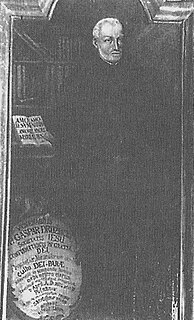 W
WKasper Drużbicki or Gaspar Druzbicius was a Polish Jesuit and ascetic writer.
 W
WJan z Wielomowic Gawiński (c.1622–c.1684) was a Polish baroque poet.
 W
WBaltasar Gracián y Morales, S.J., better known as Baltasar Gracián, was a Spanish Jesuit and baroque prose writer and philosopher. He was born in Belmonte, near Calatayud (Aragon). His writings were lauded by Schopenhauer and Nietzsche.
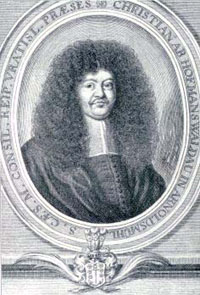 W
WChristian Hoffmann von Hoffmannswaldau was a German poet of the Baroque era.
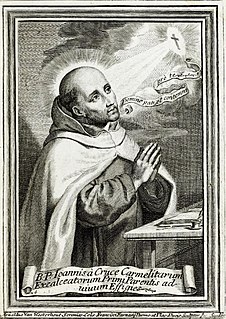 W
WJohn of the Cross, venerated as Saint John of the Cross, was a Spanish Catholic priest, mystic, and a Carmelite friar of converso origin. He is a major figure of the Counter-Reformation in Spain, and he is one of the thirty-six Doctors of the Church.
 W
WSor Juana Inés de la Cruz was a Mexican writer, philosopher, composer, poet of the Baroque period, and Hieronymite nun. Her outspoken opinions granted her lifelong names such as "The Tenth Muse" and "The Phoenix of Mexico", for she was a flame that rose from the ashes of "religious authoritarianism".
 W
WWespazjan (Vespasian) Kochowski was one of the most noted historians and poets of Polish Baroque, the most typical representative of the philosophy and literature of Sarmatism.
 W
WTobia Lionelli was a Slovene–Italian preacher and writer in the Baroque period. His sermons had a crucial role in the affirmation of the Slovene language. He is also known by his monastic name John Baptist of Sveti Križ in Vipava.
 W
WDaniel Casper, also spelled Daniel Caspar, and referred to from 1670 as Daniel Casper von Lohenstein, was a Baroque Silesian playwright, lawyer, diplomat, poet, and chief representative of the Second Silesian School.
 W
WFaustina Maratti was an Italian Baroque poet and painter.
 W
WThe term Metaphysical poets was coined by the critic Samuel Johnson to describe a loose group of 17th-century English poets whose work was characterised by the inventive use of conceits, and by a greater emphasis on the spoken rather than lyrical quality of their verse. These poets were not formally affiliated and few were highly regarded until 20th century attention established their importance.
 W
WMiguel de Molinos was a Spanish mystic, the chief representative of the religious revival known as Quietism.
 W
WUdriște Năsturel, first name also Uriil, Uril, Ioriste, or Oreste, last name also Năsturelovici, was a Wallachian scholar, poet, and statesman, the brother-in-law of Prince Matei Basarab through his sister Elena Năsturel. Together, the three staged a cultural revival centered on Bucharest and Târgoviște. Năsturel had risen through the ranks of Wallachian bureaucracy and had served Radu Mihnea's government in Moldavia, being kept as Logothete by Matei Basarab. In office, he had an international correspondence and went on diplomatic travels through Central Europe, while also overseeing the printing presses. He was the titular boyar of Herăști, known in his day as Fierești and Fierăști, where he built a palace that stands as a late example of Renaissance architecture, and earned him a regional fame.
 W
WFrancisco Gómez de Quevedo y Santibáñez Villegas, KOS was a Spanish nobleman, politician and writer of the Baroque era. Along with his lifelong rival, Luis de Góngora, Quevedo was one of the most prominent Spanish poets of the age. His style is characterized by what was called conceptismo. This style existed in stark contrast to Góngora's culteranismo.
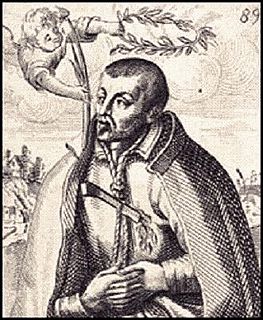 W
WRobert Southwell, also Saint Robert Southwell, was an English Roman Catholic priest of the Jesuit Order. He was also a poet, hymnodist, and clandestine missionary in Elizabethan England.
 W
WEmanuele Tesauro (1592–1675) was a rhetorician, dramatist, Marinist poet, and historian from Turin.
 W
WLope Félix de Vega Carpio was a Spanish playwright, poet, novelist and marine. He was one of the key figures in the Spanish Golden Age of Baroque literature. His reputation in the world of Spanish literature is second only to that of Miguel de Cervantes, while the sheer volume of his literary output is unequalled, making him one of the most prolific authors in the history of literature. He was nicknamed "The Phoenix of Wits" and "Monster of Nature" by Cervantes because of his prolific nature.
 W
WThéophile de Viau was a French Baroque poet and dramatist.